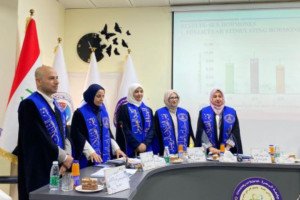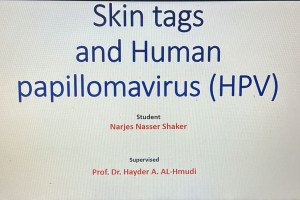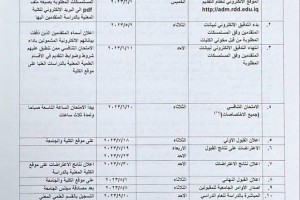
The College of Science at the University of Basrah organized a seminar entitled( cutaneous leishmaniasis)
• by the graduate studentWeam sabah turkey The study aims Leishmaniasis, in its three forms (cutaneous, mucocutaneous and visceral) caused by a single-celled parasite of the genus Leishmania, is considered one of the most common parasitic diseases. The seminar dealt with the general characteristics of the parasite, its vector (sand fly) and its storage (wild rodents, wolves, foxes and gerbils) with a definition of the parasite’s life cycle. For the stages of cutaneous leishmaniasis parasite, and definition of the life cycle, with a detailed explanation of the storage and vector hosts, their seasonal spread and the peak period of the spread of sandflies of the genus Phlebotomus, one of the main vectors of leishmaniasis, what are the mechanisms of parasite virulence towards macrophages, immunity against the body, and what are the autoimmune strategies parasite, and what drugs are used to treat leishmaniasis







